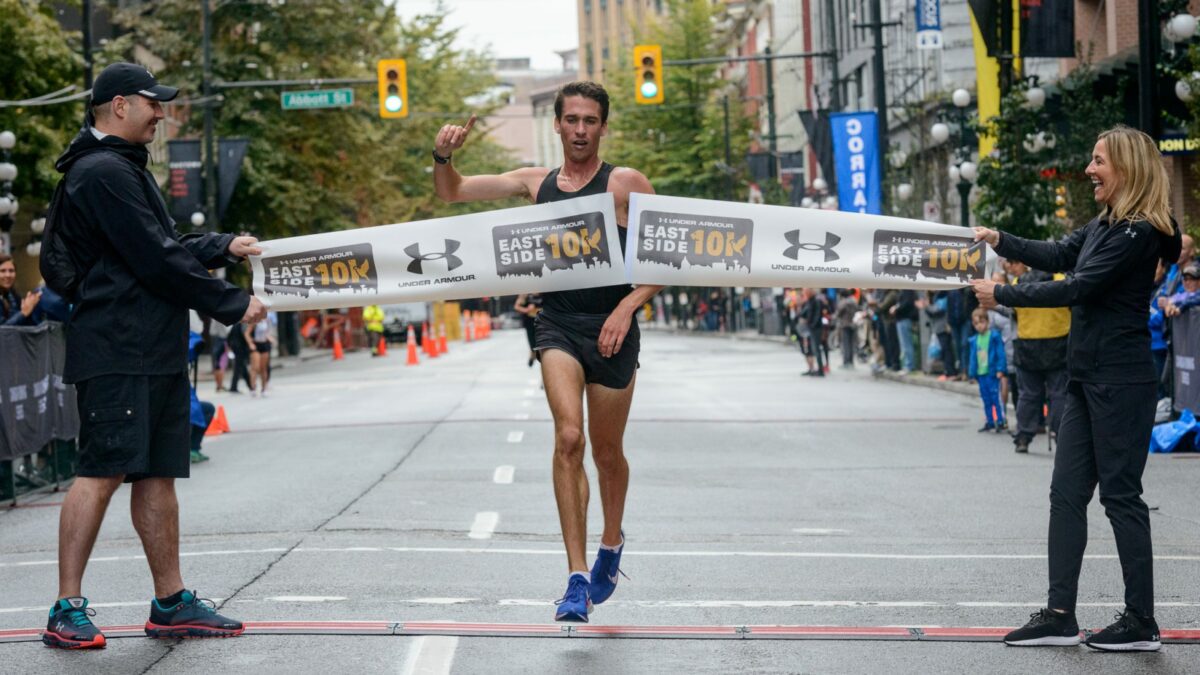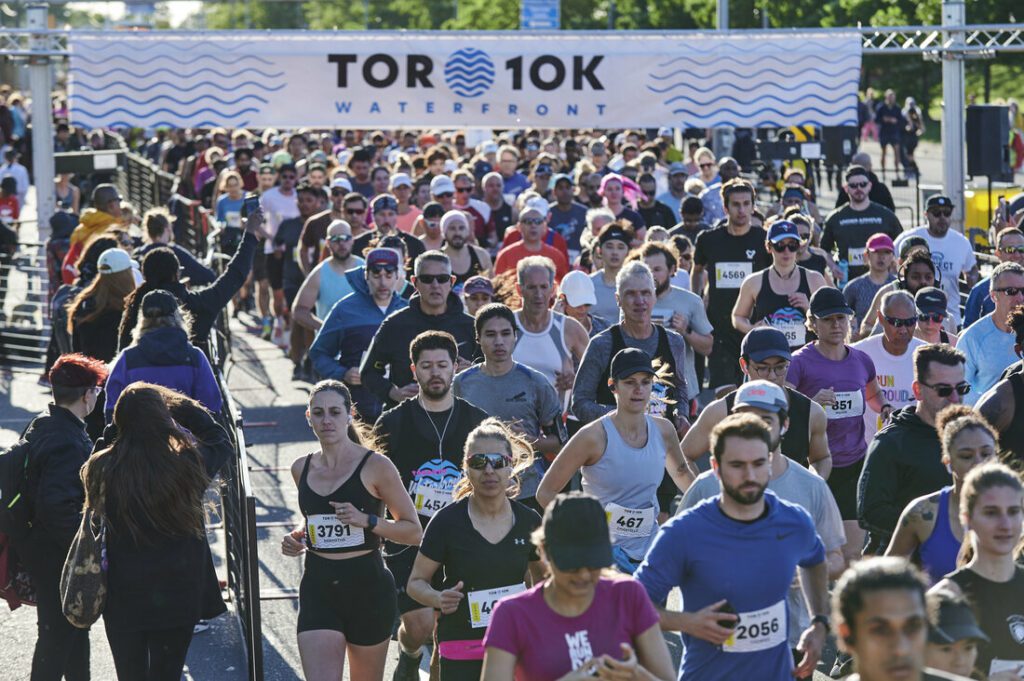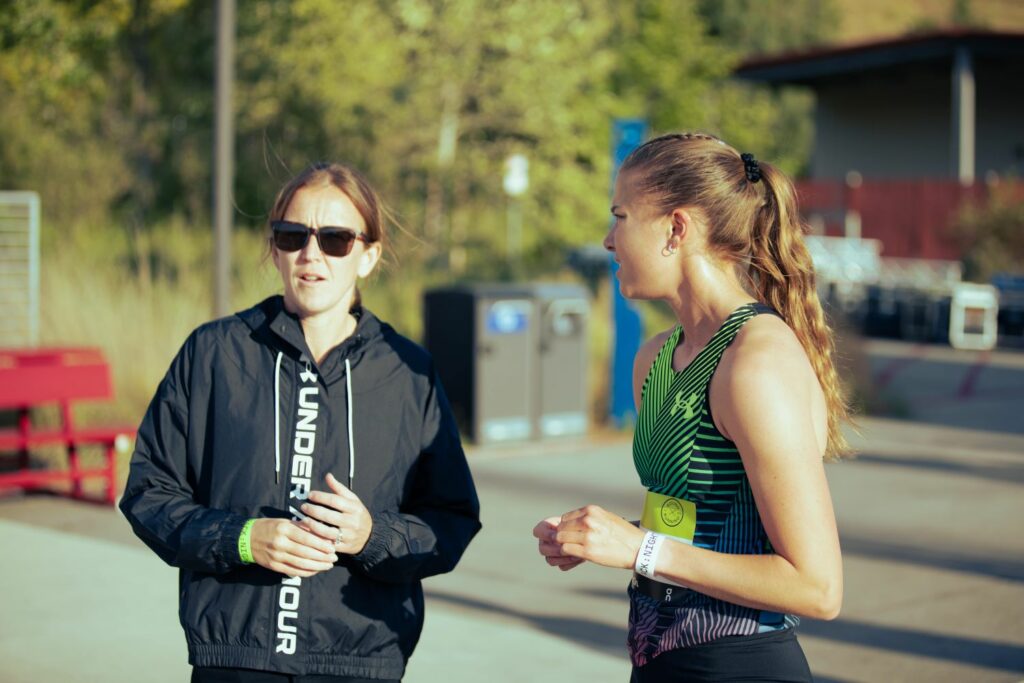Should you negative split your 10K?
The allure of better pacing, energy conservation and a psychological advantage is enticing, but is it worth it?
 Photo by:
Run CRS
Photo by:
Run CRS
To negative split or not to negative split? This is the question many runners face when tackling a 10K. With the potential for better pacing, energy management and a mental edge, the strategy of running the second half faster than the first holds a lot of promise. However, it’s a tactical decision that requires careful planning and discipline for the runner.
Advantages
One benefit of negative splitting is that it allows for better pacing and conserving energy. By starting at a slightly slower pace and gradually increasing speed, runners can prevent early fatigue and maintain a strong finish. It can also provide a mental boost, as passing other runners in the later stages of the race can be very motivating.

Disadvantages
Negative splitting requires knowing your pace and being confident in your ability to increase speed in the second half. It can be challenging to accurately gauge your effort early on without the easy temptation to go out fast when your body feels fresh. The negative splitting approach also doesn’t work for everyone, especially for runners who prefer a more aggressive, fast start or who thrive on adrenaline to push their limits.
The expert
Lara Rogers, the head coach of the Under Armour professional team UA Mission Run Baltimore Distance group in Baltimore, coaches some of the top up-and-coming middle-distance athletes training for the 2024 Paris Olympics. Rogers says running a negative split is an ideal approach, but you take the risk of leaving too much in the tank.
“Being able to finish the second half of the race faster can give you lots of confidence and means you probably paced the beginning well,” says Rogers. “Overall, the goal would be to maintain a consistent pace throughout with a good push in the final kilometre.”

The decision to negative-split a 10K race depends on your personal preferences, strengths,and race goals. It may be worth experimenting with different strategies during training to see what works best for you to achieve your desired race outcome.

